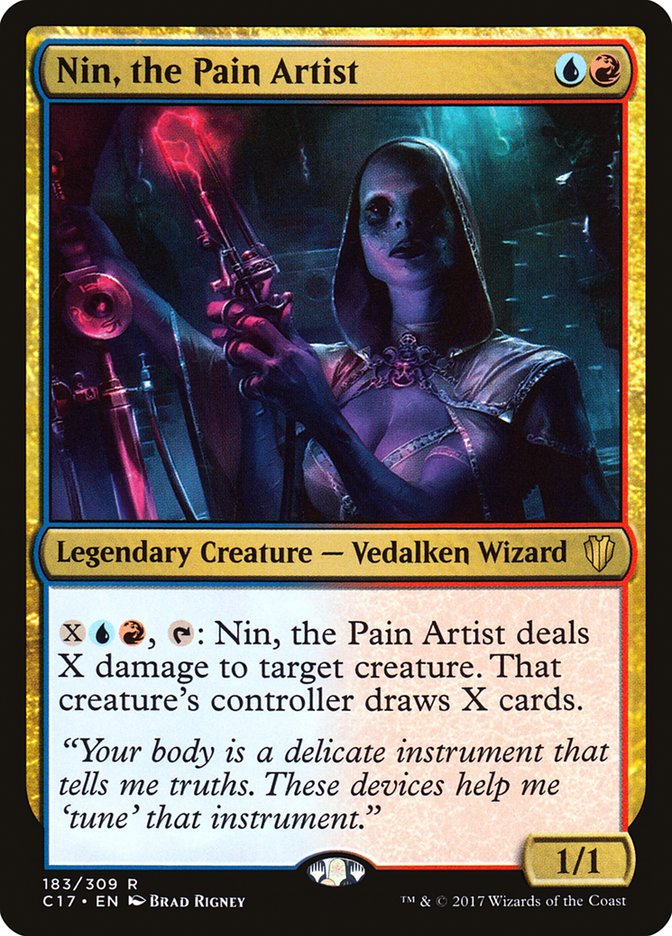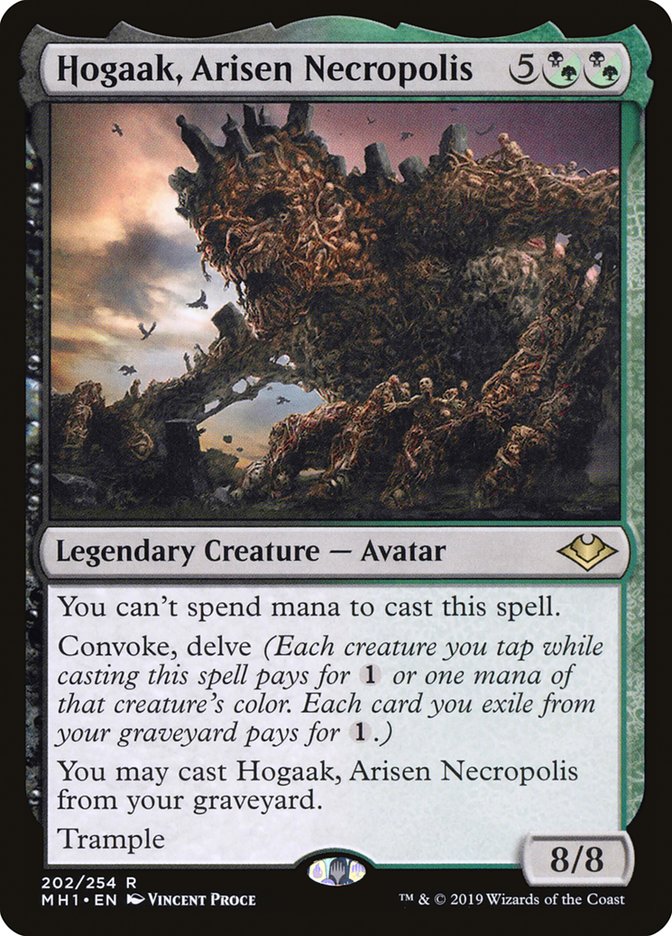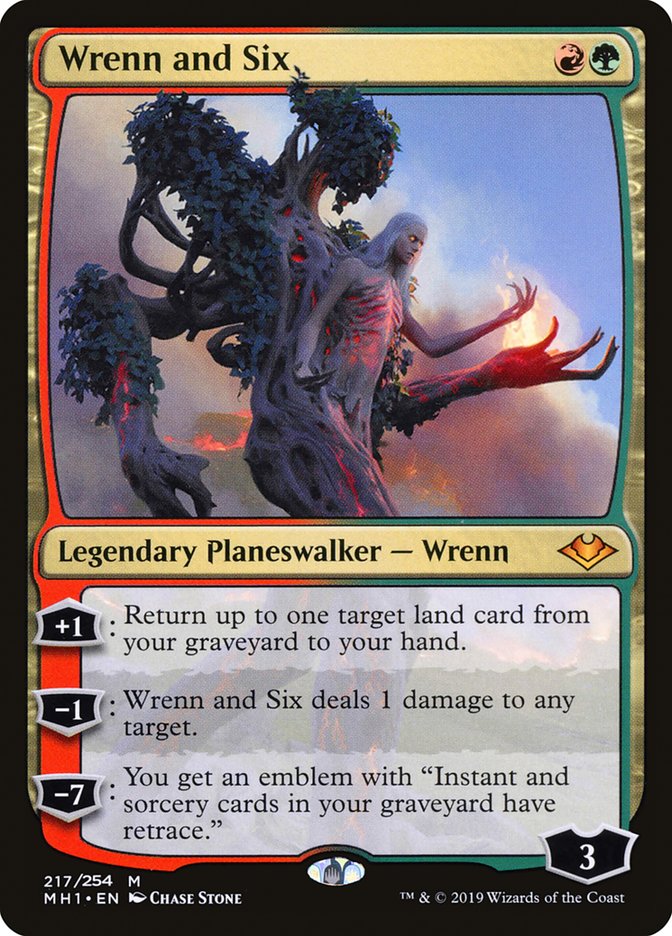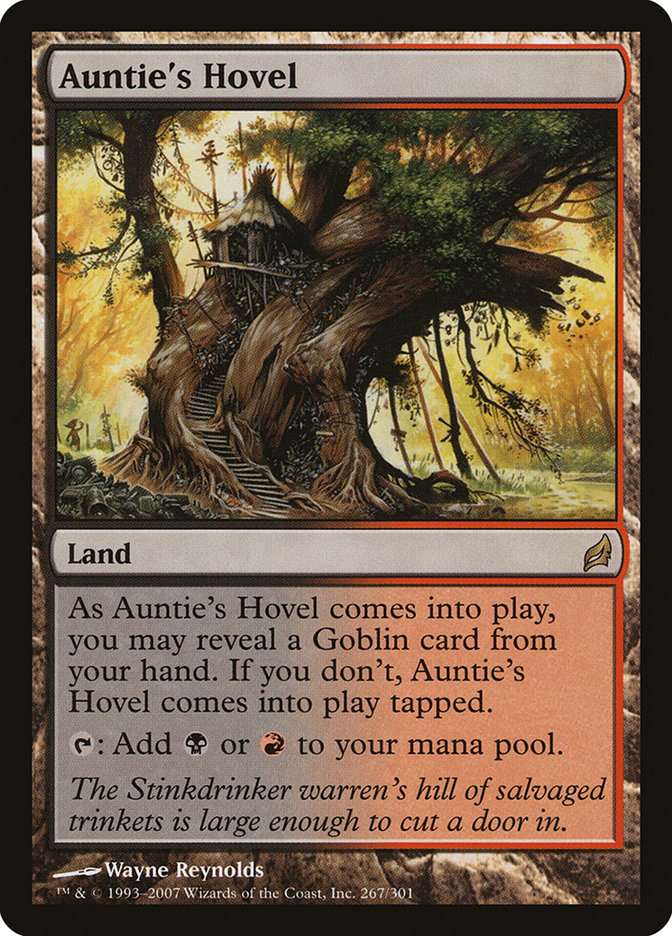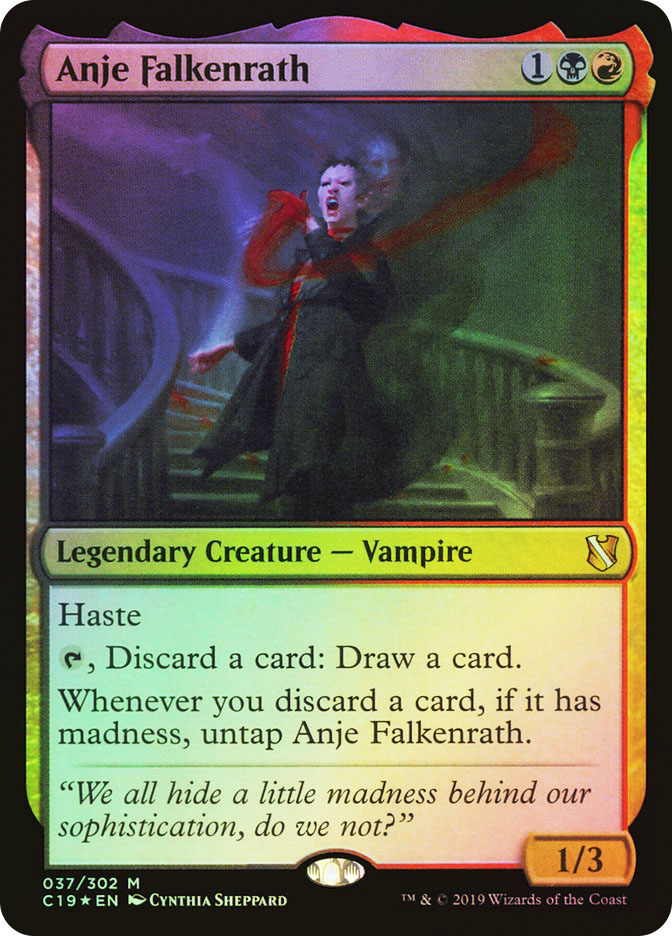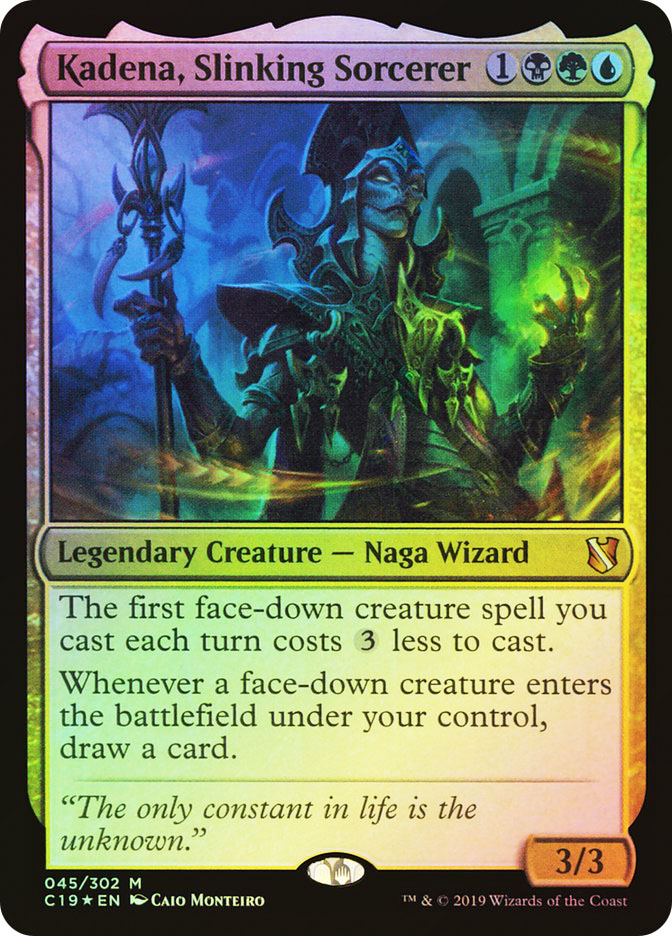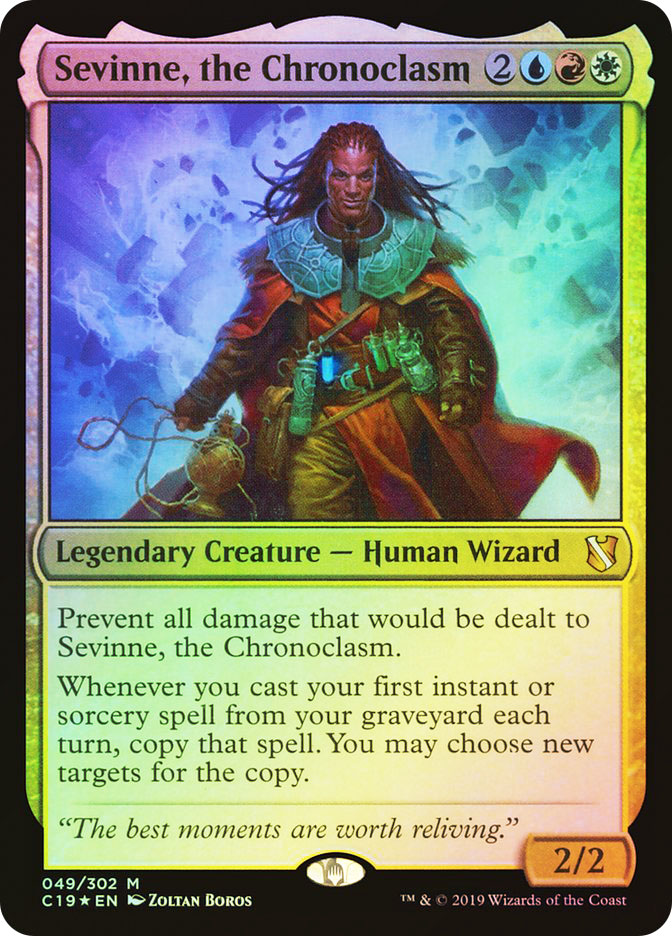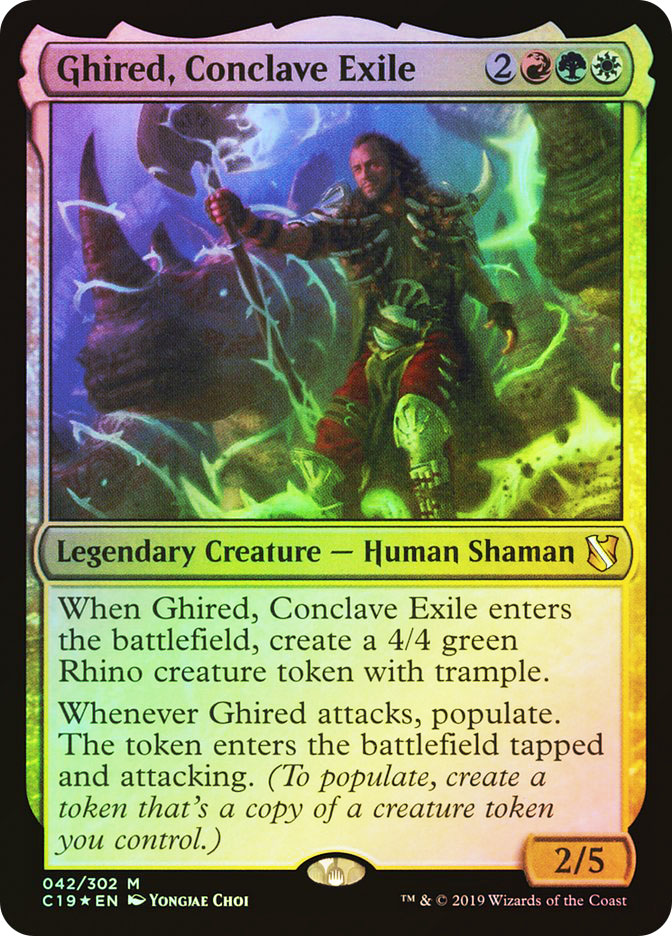In case you missed the announcement last week, there are some pretty big changes coming to the world of Magic judging. The Judge Program as we know it is ending, to be replaced by a new certification company called Judge Academy.
First off, let me just say that the efficacy of this change and the potential fallout that it might cause are both beyond the scope of this column. Honestly, I don’t have enough knowledge to effectively pass judgment on it either way. I’m just hopeful that our judge friends, who are essential to the fabric of the Magic community, end up being treated well.
For our purposes, the end of the Judge Program and the start of Judge Academy seems like the perfect opportunity to discuss the financial state of judge foils. These cards can hold some pretty incredible value, and the investing in the right judge foils at the right time can pay for an entire year of Standard play. But while certain judge foils can be big money makers, others are traps. My judge foil Force of Will, which I paid $500 for about six years ago, is only worth $350 now.
There are many questions when it comes to judge foils. Is it better to buy a hot new judge foil right away, when the supply is high, or should you wait until the hype dies down? Do competitive judge foils hold their value better than their casual counterparts, or are Commander foils the best investment? Are there any undervalued judge foils that we should be picking up right now? And, perhaps most importantly, how will the Judge Academy era change the financial calculus on judge foils moving forward?
Seems like a deep dive into the past, present, and future market of judge foils is in order.
Analyzing the Last Six Years of Judge Foils
Six years is a long time – Magic finance was very different back in 2013 – but I’m starting here because I’d like to see if there was a notable difference in price behavior both before and after the start of the Exemplar Program.
For those who don’t know, judge foil compensation changed drastically in 2015. Beforehand, foil allotment was based on how many events each judge participated in. If you did ten major events in a year, you got ten packets of foils. If you only did three, you got three packets of foils. (Plus bonuses from conference attendance, etc.)
Starting in 2015, however, foils were instead awarded to judges who were written up as exemplary by their co-workers – hence the name “Exemplar Program.” It’s still unclear to me whether the overall number of foils given out to people went up or down after the start of the Exemplar Program, but perhaps we’ll be able to eyeball it by looking at their price tags now.
I wanted to look at pre-Exemplar judge foil prices in order to see whether a major change in foil distribution caused an equally major change to judge foil price tags. That way, we can better determine how much of an effect Judge Academy is likely to have on judge foils going forward.
2013 Judge Foils
- Crucible of Worlds – $80 (sold out)
- Imperial Recruiter – $70
- Swords to Plowshares – $50 (sold out)
- Bribery – $40
- Show and Tell – $40
- Genesis – $18
- Overwhelming Forces – $15
- Vindicate – $15
This is an interesting group of cards. By and large, they were a lot more impressive back in 2013 – back then, Vindicate was playable in Legacy, Show and Tell was a top deck, and Imperial Recruiter was reprinted for the first time since Portal Three Kingdoms.
Say what you will about price inflation and Masters sets, but nearly all of these cards have come down in price since 2013 due to heavy reprints. The program may have been flawed, but it was quite good at achieving its foremost intended purpose.
At any rate, not one of these eight cards was worth buying right at release – they all dropped in price over the next few months, with many of them bottoming out about a year later. Crucible of Worlds is the only card that’s worth more now than it was when it was first printed, and even that one was readily available for about $20 less than its initial price during most of 2014 and 2015. Buying it at release was fine, but waiting would have been better.
On the other hand, Imperial Recruiter bottomed out about six months after release and was stable for six additional months before spiking pretty hard in March of 2014. It would have likely remained a solid pick-up at that six-month mark had the card not been reprinted in Masters 25.
The rest of these cards ranged from mediocre to bad buys at nearly every point during the past six years. Show and Tell, for example, has literally done nothing but drop in price. Bribery and Swords to Plowshares did a little better – they’re each worth between $10 and $20 more than they were at their price floors – but that’s not a great return on investment after so many years.
Does this mean that judge foils are a bad investment overall? It’s too early to say. 2013 was the year of the first Masters set, so this batch may have been especially prone to being blown out by reprints. Let’s keep looking.
2014 Judge Foils
- Force of Will – $350 (sold out)
- Elesh Norn, Grand Cenobite – $250
- Sword of Feast and Famine – $70
- Riku of Two Reflections – $50
- Nekusar, the Mindrazer – $30
- Oloro, Ageless Ascetic – $30
- Greater Good – $20
- Hanna, Ship’s Navigator – $15
2014 brings us a far more interesting group of judge foils. First up, we’ve got Force of Will and Elesh Norn, Grand Cenobite, two very expensive cards that are still worth a whole heck of a lot less now than they were back in 2014. What happened here? Well, Force of Will tanked in 2016, which is when Eternal Masters gave us a more desirable foil copy of the card. That version has continued to rise in price, while the judge foil has languished ever since. If people liked this version better, it would still be a $500-$600 card.
Elesh Norn, Grand Cenobite has kind of fallen off most Commander players’ radar. The hook for this particular foil is that it has Phyrexian script instead of English, which was incredibly popular back when the Phyrexians were the big bad of the Magic storyline. We haven’t been back to New Phyrexia in a while, though, so demand has kind of fallen off.
Considering how unique and flashy it is, I wouldn’t be shocked Elesh Norn is one of the first cards to spike once the next set with Phyrexians is announced. There’s money to be made for anyone who has $250 kicking around, though that’s a lot of cash to sock away in a single card for an indeterminate amount of time.
The price history for Riku of Two Reflections; Nekusar, the Mindrazer; and Oloro, Ageless Ascetic is pretty clear as well. All three cards were on downward trajectories for several years, bottoming out toward the end of 2017 – about three-and-a-half years after release. Since then, they’ve been trending up very slowly, gaining about $10 a year. Why these three cards and not the others? Probably because they’re legendary creatures that haven’t been reprinted at any point over the past six years.
That fate befell Greater Good and Hanna, Ship’s Navigator. Both of those cards have been reprinted since 2014, and their foils are pretty easy to get. Instead of rebounding like Riku and friends, these two cards fell off a cliff and have been kicking around at the bottom of the market for years.
2015 Judge Foils (Start of the Exemplar Program)
- Ravages of War – $150
- Wasteland – $100 (sold out)
- Rishadan Port – $80
- Damnation – $60
- Temporal Manipulation – $45
- Shardless Agent – $15
- Feldon of the Third Path – $12
- Dualcaster Mage – $8
Another year, another group of judge foils that were decimated by reprints. I don’t have a lot to say about Wasteland, Rishadan Port, Shardless Agent, or Dualcaster Mage – all four cards dropped in price, bottomed out, got reprinted, and then kept dropping. End of story.
Ravages of War is probably the biggest success story here. It debuted close to $300 before bottoming out around $50 roughly two years after release. The card has slowly rebounded ever since, though that’s only because it’s one of the few major Portal Three Kingdoms cards that hasn’t been reprinted in a Masters set or as a Masterpiece. Folks who bought Ravages of War should count their lucky stars, because by all rights this one should have been in Ultimate Masters or something. That’s what happened to Temporal Manipulation, which bottomed out in 2017, began increasing in price again in 2018, and then fell off again thanks to Ultimate Masters.
The most interesting card on this list right now is Damnation, which is showing signs of life after spending years in the $50-$60 range. Damnation is popular enough in Commander that it has a pretty high price floor, and it hasn’t seen a wide reprint since Modern Masters 2017. I wouldn’t be surprised if this one gains $10-$20 a year between now and its next inevitable reprint.
The other potentially interesting card on this list? Feldon of the Third Path. This card hasn’t been reprinted since 2015, and it might follow the Oloro/Nekusar trajectory over the next couple of years. Buying in at $12 is fine regardless, since there’s not much further for this Commander staple to fall.
As for the effect that the Exemplar program had on foil prices, I don’t really see it. There was nothing as good as Force of Will or the Phyrexian Elesh Norn released this year, but there were still two $100+ cards. The fact that the cheapest 2015 cards are $8 and $12 instead of $15 might indicate a slight increase in supply, but it’s some pretty soft evidence.
2016 Judge Foils
- Imperial Seal – $280
- Mana Drain – $150
- Azusa, Lost but Seeking – $80
- Command Beacon – $50
- Defense of the Heart – $40
- Zur the Enchanter – $40
- Mystic Confluence – $18
The price patterns actually change quite a bit starting with these 2016 foils. Perhaps it’s a lack of reprints – Imperial Seal, Command Beacon, and Defense of the Heart haven’t been reprinted since this batch of judge foils was released – but that isn’t the only factor in play here. For whatever reason, the available supply of 2016 foils seems a bit lower than all the previous years. Is it possible that WotC was a little more generous with Exemplar gifts in the first year of the program, potentially as a way to assuage folks’ anxieties about it? I don’t know, but it’s worth taking a deeper look at all seven of these cards regardless.
Mana Drain is the odd card out on this list. The Iconic Masters reprint totally blew it out. That’s what happens when a card is $500+ because it hasn’t been printed since Legends and never in foil, only to show up in a Masters set. The same thing happened to Rishadan Port, Force of Will, etc.
The other six judge foils from 2016 all followed pretty similar paths. In each case, they bottomed out somewhere between November of 2017 and January of 2018, about a year and a half after being released. Then they began slowly ticking back up. Then they spiked.
Not all of these spikes stuck. Azusa, Lost but Seeking, for example, was reprinted soon thereafter. Ditto for Mystic Confluence. But there was money to be made in these cards, assuming you bought in at the right time. Heck, you could have made about $150 per copy on Imperial Seal if you’d snagged them at their eighteen-month low.
2017 Judge Foils
- Capture of Jingzhou – $120
- Avacyn, Angel of Hope – $80
- Gaddock Teeg – $40
- Spellskite – $40
- Homeward Path – $35
- Doran, the Siege Tower – $15
- Pendelhaven – $8
- Prismatic Geoscope – $4
Unfortunately, 2017 gives us our most uninspiring crop of Judge foils. Most of these cards haven’t been reprinted yet, but they’re also just…not very good. Doran is a narrow commander that’s been printed several times, including a full-art form. Pendelhaven has had a bunch of promo copies over the years. Prismatic Geoscope isn’t all that great, even in Commander. Predictably, these three cards have been kicking around the bottom of the market for years. Prismatic Geoscope seems like a fine buy at $4 – that’s the price of a booster pack! – because it’s so absurdly cheap and even a whiff of Commander play could send it soaring. Otherwise, I don’t see much of a rebound coming for these cards.
Gaddock Teeg is hard to evaluate since it was reprinted in Ultimate Masters, which hurt its value right as it was about to rebound. We can see a little bit of a trend when we look at the price charts for Homeward Path and Avacyn, Angel of Hope, though. Both cards bottomed out in the spring of 2018, about a year after being released. Both cards have gained value since then, despite being casual-only cards. That’s not quite the same time frame as the 2016 foils, but it’s close enough to consider as an additional data point pointing us toward the best window in which to buy judge foils.
2018 Judge Foils
- Vampiric Tutor – $80 (sold out)
- Rhystic Study – $60
- Teferi’s Protection – $60
- Food Chain – $50
- Merchant Scroll – $30 (sold out)
- Commander’s Sphere – $25 (sold out)
- Lord of Atlantis – $20
- Nin, the Pain Artist – $5
Some of these foils haven’t even been out for a full year at this point, so it’s hard to do a complete evaluation of them yet. So far, both Merchant Scroll and Commander’s Sphere followed the “slow drop in price for twelve to eighteen months before starting to spike” path, while Rhystic Study and Nin, the Pain Artist continue to lose value without showing any sign of a rebound yet.
Perhaps most interestingly, Vampiric Tutor is one of the few cards we’ve seen so far that would have been worth buying at release, because it’s done nothing but increase in price since then. I’m going to chalk that inconsistency up to the fact that the card debuted around the same time as Ultimate Masters, and the Vintage, Cube, Commander, and Legacy foil communities were focused on that set to the detriment of this foil.
What We’ve Learned So Far
First off, reprints really hurt the value of judge foils, especially if a card is expensive due to scarcity (Mana Drain, Rishadan Port, Imperial Recruiter) as opposed to high demand. This is even true with lower-value cards like Gaddock Teeg, Mystic Confluence, and Azusa, Lost but Seeking, where folks were buying up judge foils for their tournament decks – not because they were cool foils, but because the price was roughly on par with the non-promo due to a lack of available supply. It’s also not great if the reprint has cooler art than the judge foil, like the Eternal Masters Force of Will.
Reprints don’t always spell doom and gloom for judge foils, though. If the judge foil has amazing alternate art like Avacyn, Angel of Hope or Zur the Enchanter, the reprint won’t hurt as much. This is especially true with popular commanders, since folks building Avacyn or Zur decks will often choose to go for the snazzier judge foil option when it’s available. That makes alternate-art judge foil legendary creatures slightly safer holds than average.
Are you a judge looking to sell your foils? The best time to sell is right away. Seriously – almost without fail, prices were at their peak in the two to three months immediately following release. This is largely because these cards slowly trickle into the marketplace over the course of year, but even if you’re receiving cards five to six months into their lifespan, you should still probably sell them ASAP. There are exceptions to this rule, like Vampiric Tutor, but they’re rare.
As a good rule of thumb, the cheaper the card is, the faster you should sell it. Many of the more expensive judge foils held their value pretty well until a reprinting two to three years later, but the cheap ones tended to drop from $60 to $15 over the span of a year. Get out of those fast.
Are you looking to buy judge foils? The best time to do so is twelve to eighteen months after their initial release. These cards often tick up slowly for a few months before spiking (if they ever do spike), so you should have plenty of notice.
There doesn’t seem to be a big difference in the behavior of competitive cards versus casual cards – reprints happen to both, after all – but competitive cards can lose value due to shifts in the metagame while casual cards cannot. That’s not a problem for eternal staples like Wasteland, but it’s certainly going to affect the price of a card like Spellskite, which no longer sees nearly as much play in Modern. Buy cards like this at your own risk.
The Future of Judge Foils
Right now, the 2019 judge foil list looks like this:
2019 Judge Foils
- Sliver Legion – $110 (sold out)
- Mox Opal – $150
- Mirri’s Guile – $50
- Isolated Watchtower – $30 (sold out)
- Chalice of the Void (TBD – nonfoil is $80)
- Monastery Mentor (TBD – nonfoil is $40)
- Reflecting Pool (TBD – nonfoil is $16)
- Yuriko, the Tiger’s Shadow (TBD – non-foil is $15)
This seems like a better-than-average lot of judge foils, but only time will tell. After all, those 2013 foils looked pretty amazing at the time, too.
As we discussed earlier, the biggest question here is how the Judge Academy changes are going to affect the price of these cards moving forward. After all, if the number of available foils increases by a significant amount, prices are going to tank – hard.
According to the Judge Academy FAQ, Level 1 judges will receive one of each card released in a given year, Level 2 judges will receive two of each card, and Level 3 judges will receive a playset of each card. These numbers aren’t likely to be that different than the Exemplar Program figures for Level 2 and 3 judges, who were often rewarded with foils during each wave, but it should be an upgrade for many Level 1 judges. This will be especially true for judges that tend to stick to their local store or who only judge a few times each year. Granted, these judges have to pay a membership fee now, but they are also guaranteed a packet of foils during each wave – no exemplar letters required.
Will this be enough to lower the overall price of judge foils? Perhaps. I’ve seen some silly people on Reddit arguing that no future judge foil should be worth more than $10-$12 because “Anyone can just sign up for Judge Academy for $100 and be guaranteed eight foils a year!” That’s not how it works, though. Just like before, you have to pass a rigorous test to become a Level 1 judge, and I can’t imagine those requirements are going to get any less strict now that there’s formal certification involved. I suppose some people might jump through all of those hoops just to get foils, but I doubt it’ll be a common practice.
It’s also likely that some lower-level judges will drop out of the program rather than pay a yearly fee. Again, I don’t want to get into a debate over whether Judge Academy is a good thing, but it’s just a fact that some people won’t continue judging under the new system. This may also help balance out the influx of new foils, keeping the foil economy close to where it was.
That said, I won’t be buying any of the 2019 judge foils anytime soon. Not because I think that Judge Academy mailings are going to tank the prices, but because of everything we talked about in the last section of this article. As we now know, buying judge foils within the first year of their release is almost always a bad idea. It’ll be time to buy these new 2019 judge foils in January or February of 2021, and we’ll know a lot more about Judge Academy’s distribution system by that point.
Are there any judge foils worth picking up now? Perhaps. I’d take a look at the early 2018 judge foils that haven’t spiked yet – cards like Commander’s Sphere, Rhystic Study, and Nin, the Pain Artist. Commander’s Sphere appears to be in the lively pre-spike phase where the price has started to move a little, while Rhystic Study and Nin are kicking around their price floor and haven’t moved at all. All three cards are likely to see increases at some point in the future, and the current retail price is low enough to prevent any significant reprint-related blowouts. Even Rhystic Study is unlikely to drop any further unless the card is reprinted in a Standard-legal set, which is never going to happen from a design perspective.
Judge foils are a solid investment as long as you’re smart about your purchases. Be patient; try to buy in between twelve and eighteen months after release. Focus on cool alternate-art legendary creatures. Always be cognizant about what a reprint might do to the price of a given card. Pay attention to trends. And don’t let the Judge Academy news affect your buying decisions too much – I don’t think it’ll change the market for judge foils in any meaningful way.
This Week’s Trends
The Standard market continues its summer slumber, with only a few small gains for key Core Set 2020 cards like Leyline of the Void; Field of the Dead; Yarok, the Desecrated; and Shifting Ceratops. We talked about all four of these cards last week, and they still feel like solid (albeit slow) gainers to me.
On the flip side, Teferi, Hero of Dominaria continues to drop in price as it approaches rotation. It’s dropping at a rate of $4-$5 dollars a week at this point, and I expect it to eventually end up in the $15-$20 range. You’re going to want these for Modern, but this card has plenty of value to lose before it bottoms out in late August or early September.
Over in Modern, last week’s breakout card, Hogaak, Arisen Necropolis, hasn’t gained a single dollar in the wake of its dominant performance at Mythic Championship IV. Good. It seems like there’s a general consensus that Hogaak will be banned in a couple of weeks, and nobody wants to buy into a deck that is so obviously going to be booted from the format. Like I said last week, I’m selling my Hogaak staples ASAP. Even current retail will seem high a month from now when Hogaak is no longer Modern-legal.
Thus far, the two biggest financial winners from the Mythic Championship have been Wrenn and Six and Auntie’s Hovel. Not only is Wrenn and Six the key card in Jund, which had an excellent weekend in Barcelona, but it’s starting to see play in other Modern and Legacy brews as well. Your days of seeing this one for less than $100 appear to be over for the foreseeable future.
Auntie’s Hovel, meanwhile, is a key four-of in Modern Goblins. The deck didn’t have an amazing Mythic Championship, but it’s a fun rogue deck that more than held its own. I don’t blame anyone for wanting to sleeve it up, and Auntie’s Hovel needs to be treated like a $30 card that can spike to $50 if Goblins ever has an amazing finish. Of course, Auntie’s Hovel can be reprinted at any point, too.
I’ll be taking a deep dive into Commander 2019 very soon, but the first few previews trickled out last Thursday and the Commander-related spikes will be soon to follow.
For Anje Falkenrath, I like Anvil of Bogardan and Waste Not as potential specs. Anvil of Bogardan is safer because it’s on the Reserved List while Waste Not might end up being in the Anje deck, but demand for both cards is likely to increase regardless.
There are loads of cards that play well with Kadena, Slinking Sorcerer, but they’re all reasonably recent and have a realistic shot at being included in their deck. Whisperwood Elemental, Primordial Mist, Trail of Mystery, Dream Chisel, Den Protector, and Deathmist Raptor are all worth taking a look at, and I’d focus on foils to avoid being blown out by their potential inclusion.
Sevinne, the Chronoclasm is likely to be a favorite. I’d take a look at Pariah, Past in Flames, Catalyst Stone, and Mizzix’s Mastery.
Lastly, we have Ghired, Conclave Exile. Cards that play well with tokens are already pretty high, but Helm of the Host, Parallel Lives, Anointed Procession, Flameshadow Conjuring, and Dual Nature are all interesting to me. Again, I’d take a look at foils whenever possible—if one of these cards is reprinted in the deck alongside Ghired, the normal price will drop but the foil price could still increase.




















